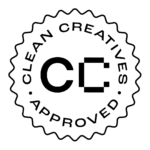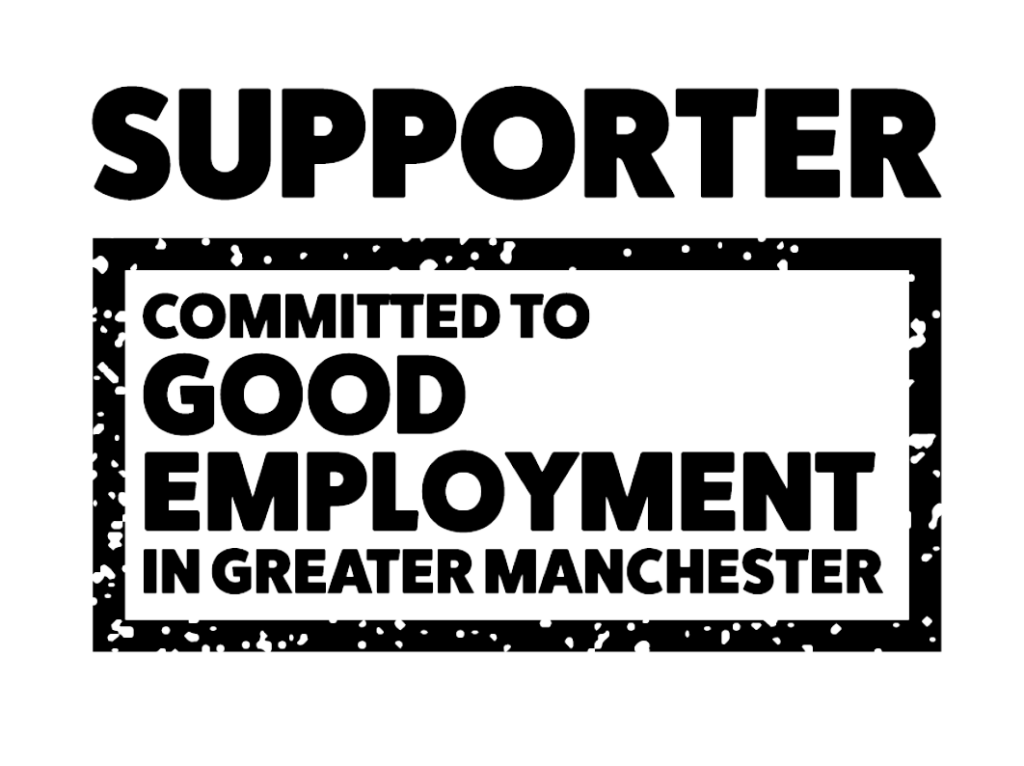Look for an answer to a problem or question and some of the first search engine results will be a blog. Which is no surprise given that 53% of marketers made content their top marketing priority in 2017.
Why so much content? Because it works. However, reaching customers and converting them won’t happen off the back of any old writing. It takes convincing content to persuade an audience to take action and drive lead generation and sales.
But what does it take to turn readers into leads or customers?
Make Content More Valuable With a Strategy
Content for content’s sake is a waste of time. Without a well considered strategy that links with wider marketing objectives, writing blogs and posting them on your website is unlikely to generate much of a return.
Whatever form your content takes – blogs, long form articles, white papers, case studies, ebook, infographics – it should form part of an overall plan.
Providing clear goals and structured campaigns will provide the context for great content. It will also spark a range of laser-focussed ideas that are sure to appeal to your target customer who you understand inside and out.
No-one wants to be sold to all the time so providing content for each stage of the sales funnel will ensure your content engages and aids decision making as well as converting.
Think you’re ready to write? Not quite. You need to meet someone first and get to know them really, really well.
Customer Knowledge is Power
Understanding your audience is absolutely critical in being able to convince your reader to follow the suggestions you make in your copy. To do this, content needs to appeal to the emotional and reasoning parts of the brain in such a way that you convince your reader to take action.
Your marketing strategy should provide a good description of your audience using . What it might not do is provide sufficient detail for a content writer to be able to get into their hearts and minds.
A great way of really understanding your reader is to talk to them. This might mean speaking with a customer or a friend in a similar position or using your imagination to hold an imagined conversation with your ideal customer.
Once you’ve generated sufficient insight to be able to identify your readers’ logical and emotional concerns and to understand their objections, you’re ready to write.
Make a Meaningful Connection and Convince Them
to Continue
Everyone is time poor which means you need to sell the benefit of your content in the opening few sentences. Fail to convey the usefulness of continuing to read and you won’t even have earned the chance to convince your reader.
Win them over by showing that you have real insight to their challenge then explain how you will help them solve it.
Quality content has a coherent structure, makes its points clearly and is backed up with facts and figures when appropriate. It also appeals to the reader’s emotional state, comforting, challenging and rationalising using powerful words in the right places.
All this needs to be done in the right tone of voice to ensure you have the reader’s ear.
Overcome Objections
Lecturing and vagueness are out, conversation is in with content creating a dialogue with the audience. Although there’s no real-time interaction between writer and reader, the language needs to respond to the mental activity it provokes. Raising questions and answering them, anticipating challenges and resolving them.
Just like any verbal discussion where you’re seeking to win someone over, written content should anticipate and address objections.
This means fully understanding your audience goes beyond understanding what they like and don’t like and predicts how they would react to certain information.
Sell the Benefits
Most content is aimed at selling something or positioning a company as a trusted provider with the best solution to the reader’s problem. This means content should sell the benefits with passion and excitement without exaggerating.
If the obvious advantage is dull find extra benefits that are more interesting or valuable particularly those with an emotional appeal.
Writing content for an accountant who wants to sell more tax return services to the self-employed? Then sell the peace of mind your customer will get from knowing their return is in safe hands. Or position your service as part of the solution to every self-employed person’s nightmare; securing a mortgage.
Keep Your Reader Reading With Flow
Capturing your reader’s interest is half the battle. Keeping them reading is the other.
Writing with a natural rhythm puts readers into a flow state that makes reading your work effortless and draws them on deeper into the text. Phrases that make them want to read more – like ‘not only that’, ‘in addition’, ‘this also means’ – will maintain their interest and keep them reading to the end.
That said, not everyone will read every word you’ve written. Captions that pull out important elements in the text are a great way to make key points that can easily be shared on social. And using sub-headings to tell your story helps the reader to scan and gives you a good chance of conveying your message.
Finish With a Flourish
If you’re reader has got the end of your post you’ve done a great job already. Now it’s time to make your content even more memorable with strong closing lines leading into a clear call to action (CTA).
Everything in the blog has been leading up to this point so when your CTA tells the reader what you want them to do next, it should feel like a natural request.
If the content has been convincing enough, it’s a request the reader will follow. Usually this means they’ll get in touch and become a well-qualified lead or they’ll buy completing the transformation from reader to customer. Which is where your content delivers a return on your investment.
Strong content comes in many different shapes and sizes but convincing content will always include these elements. While quality content requires an investment up-front, it’s one that will continue to reap rewards for your business long after it’s written.


